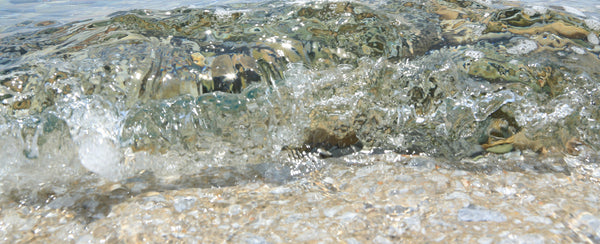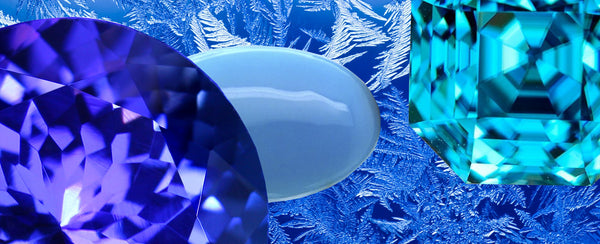Whiter-than-white gold. The bare truth.
This is a question that many people ask. What on Earth happens with my white gold jewellery? If it’s supposed to be white gold, why is it turning yellow? Have I been tricked?
The answer lies in alchemy. Well, more exactly in modern metal alloys. What do they offer and what are they unable to guarantee?
All gold was not created equal
Gold jewellery is made of a gold alloy, not of pure gold metal.
Pure gold is mystical, attractive and above all valuable. However, it's softness makes it improper for jewellery. 24K (99.9% purity) gold is usually traded as an investment.
Jewellery needs to be harder, durable, and the precious stones set in this noble metal need to stay put.
In comes the invention of alloys. Mixing gold with different metals reduces its high cost but, more important for jewellery, makes it more resilient over time. All gold colours (yellow, white, rose, green, black) are a result of mixing pure gold with different metals.
White gold
There is no such thing as white pure gold. Natural, mined pure gold has a rich yellow colour. To make it white, gold is mixed with other white metals.
The most common and least expensive white gold is made of a certain percentage of gold (56% pure gold for 14k and 75% pure gold for 18k) mixed with white metals like silver, zinc, manganese or nickel. White gold containing nickel may be a problem for allergy prone people. Slightly more expensive and hypo-allergenic is white gold made of pure gold and palladium.
White gold bare facts
Since any white gold is a mix of yellow and white, it will never be pure white.
To lighten up its colour, all white gold is rhodium plated.
This means that the thin rhodium layer will fade away in time – more quickly when exposed to chemicals as chlorine found in water, salts, soaps, make-up. Any repair, resizing or polishing takes away the thin white rhodium layer.
At this point, cleaning will not make it whiter and white gold needs to be re-plated to look white again.
And no, white gold cannot 'turn yellow again' as some people suspect. It just loses its whiteness becoming less bright.
White gold alternatives
Platinum. A whiter, heavier and more durable alternative. Ideal for wedding rings that need to withstand wear-and-tear over decades. Being much pricier than white gold it is a viable alternative for just a few.
Palladium. It was officially recognised as a precious metal only in January 2010 and is less expensive than higher carat gold or platinum. Although it is white in colour, it’s darker than white gold and develops a patina over time.
Argentium® silver. This is a new superior silver alloy, purer than Sterling and whiter than white gold! It doesn't need and any plating, it is highly tarnish resistant, hypo-allergenic as well as responsible (produced using 100% recycled silver).
Here, at Marina Mura jewellery we made our precious metal colour choice: the best of yellow – 18k gold, and the best affordable white – Argentium Silver®
Also in News, trends and jewellery stories

Do millennials love jewellery?
The much talked about generation has a particular angle about jewellery too.

THE WORLD'S SHINIEST GEMSTONES
It's a fact that we are all captivated by sparkles. Here are the shiniest gems of all.



